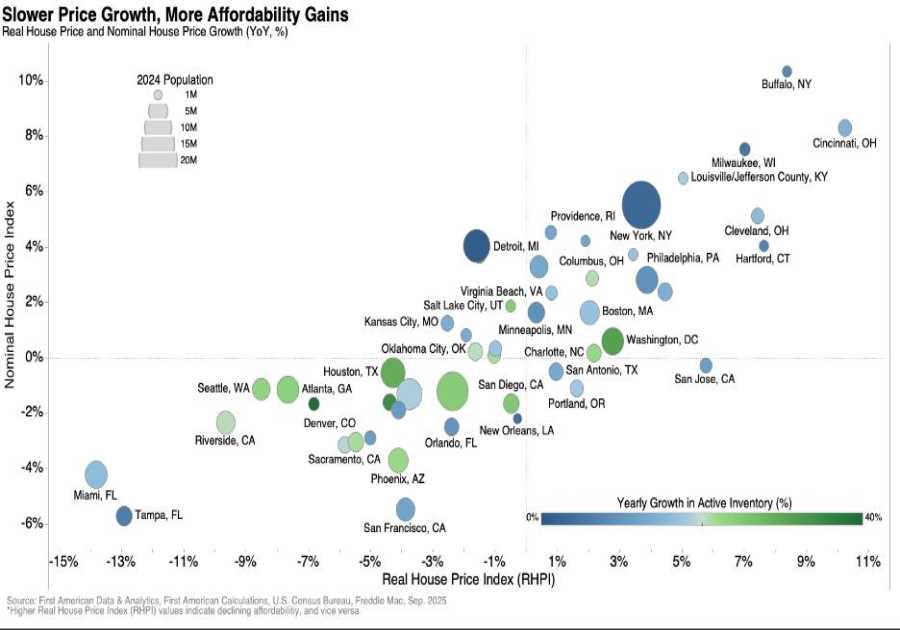Do we require more physical storefronts? When did it become so handy to get anything from pizza to pens, shoes, shirts, and sofas from the comfort of our own houses? Rather than having to leave our homes and queue in stores? As seen by the recent bankruptcy and closures of The Limited, American Apparel, Wet Seal, Aeropostale, and Pacific Sunwear, this doesn’t happen as frequently as one might think.
What do we do now that we can arrange every room of our house on the screen? What are our options? We can now envision an entire room in our home on a screen, precisely what we are. Technology has improved sufficiently to show us what we might look like in a suit, or a pair of Levi’s Made-to-Order jeans, based on the body measurements we provide. Do? Do you require a valid showcase?
Thanks to Amazon’s Prime shipping service, we have spoiled for choice, which allows us to place an order online and have it delivered in two days for no additional shipping costs. You may set up an ongoing pantry subscription to have tissues, diapers, and chips delivered to your home when you’re about to run out of something.
There has been a Significant evolution
E-commerce is slowly but steadily eroding the retail market share. According to a recent study, online purchases would account for at least one-third of all sales by 2030, a reality that could spell the end for many shopping malls. AT Kearney, a US consulting firm, doesn’t necessarily believe the latter can be a space for engaging with consumers, delivering a choice of products tailored to fit the needs of a new generation if it innovates.

According to research issued by an American firm, the distribution business has a bright future if it can grow and capitalize on changing aspects such as the human factor and new technical and economic characteristics. AT Kearney has created a list of four areas where they can transform the mall into a truly social environment.
The early aim was to turn the mall into a tourist destination, with a substantial area dedicated to attractions. The focal point here is not a standard distribution facility but a fun social event that provides immersive concrete entertainment. They can accommodate specialist brands in this new sort of mall. Their premise is still commercial, but they are also locations where brand engagement centers on exploration, education, and experience. As a result, the study mentions US market names like Bass Pro Shop (which focuses on hunting and fishing), Lowe’s (which specializes in construction and horticultural distribution networks), and REI (which specializes in outdoor recreation) (affiliate sales of outdoor sports products). Xanadu in Spain, the Mall of the Emirates in Dubai, and the American Dream center currently under development in New Jersey and Miami are examples of these centers currently in operation.

Anthropologists, cultural psychologists, and shopping ethnologists continually observe, record, and analyze client behavior, educating retailers in real time. Another aim is the establishment of innovation hubs or digital venues for aggregating data to produce specific suggestions. Beta testing is an essential aspect of the trading system in this format. A portion of the local region could be set aside for test stores that will use the information gathered by the new concept. Consumers can try new technologies, connect with professionals, and even share their thoughts on the product and assessment data.
Today, they can transform retail spaces into value centers where brand identity and choice are founded on consumers’ shared value. These malls will be distinguished by a theme: politics, animal rights, community, sports, etc. All brands will be able to provide experiences relating to this theme. Local stores will be able to provide their items on a cyclical basis. Thanks to temporary pop-ups and virtual or shared showrooms, local artists and producers can interact with customers, co-create, and develop things in real-time.
Moreover, convert shopping malls into “commercial-residential” places or living spaces broadly, focusing on specific demographics such as stylish city dwellers in their 30s, singles, and retirees in their 40s. For example, the senior mall will offer medical services, pharmacies, adaptive gyms, professional lawyers and accountants, and conference space.
About Complete Controller® – America’s Bookkeeping Experts Complete Controller is the Nation’s Leader in virtual bookkeeping, providing service to businesses and households alike. Utilizing Complete Controller’s technology, clients gain access to a cloud platform where their QuickBooks

file, critical financial documents, and back-office tools are hosted in an efficient SSO environment. Complete Controller’s team of certified US-based accounting professionals provide bookkeeping, record storage, performance reporting, and controller services including training, cash-flow management, budgeting and forecasting, process and controls advisement, and bill-pay. With flat-rate service plans, Complete Controller is the most cost-effective expert accounting solution for business, family-office, trusts, and households of any size or complexity.

The post Brick and Mortar Stores: Thing of the Past? first appeared on Complete Controller.------------
Read More
By: Complete Controller
Title: Brick and Mortar Stores: Thing of the Past?
Sourced From: www.completecontroller.com/brick-and-mortar-stores-thing-of-the-past/
Published Date: Wed, 22 Feb 2023 18:00:46 +0000
Did you miss our previous article...
https://trendinginbusiness.business/finance/directid-secures-95-million-in-new-funding
.png)





